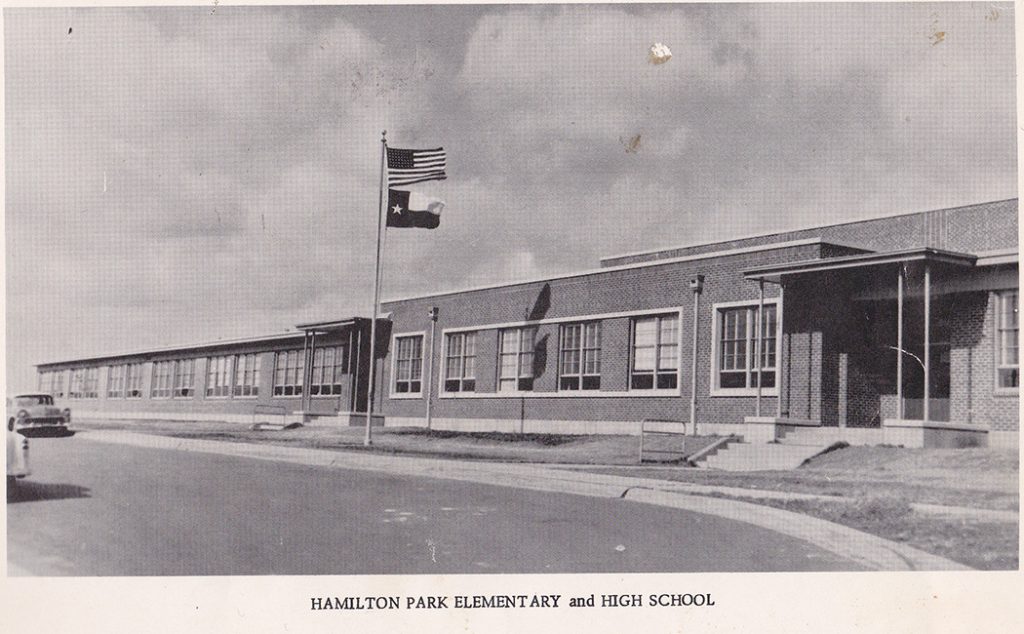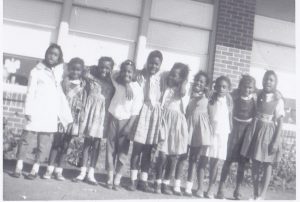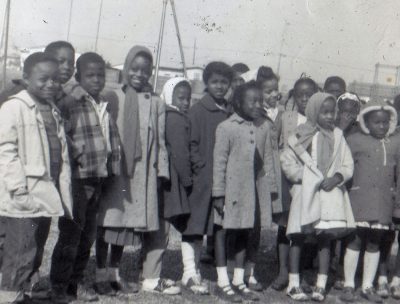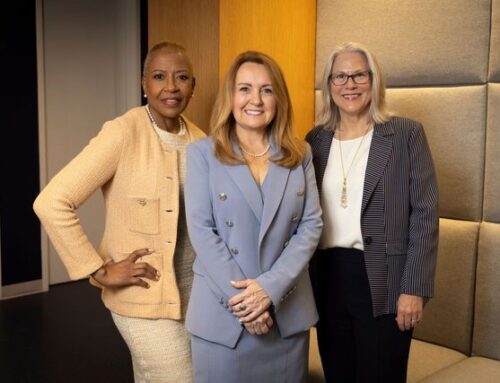As February comes to an end, so does Black History Month. Hamilton Park, a historically Black neighborhood, was recently given its historical preservation status.
This Saturday, Feb. 29, there will also be a Black HERstory Month event at Forest Green Library. Three Hamilton Park women will share their stories and the history of Hamilton Park from 1 to 3 p.m.
Here’s what we wrote about Hamilton Park’s history last year:
Named after Dr. Richard T. Hamilton, a prominent African American physician, the neighborhood was Dallas’ first planned black subdivision. The Dallas Interracial Committee and the Dallas Negro Chamber of Commerce (now the Dallas Black Chamber of Commerce) created a joint committee to establish the neighborhood.
The growing African American population in the 1940s was squeezed into a handful of residential developments, including Bonton in South Dallas, a predominately white neighborhood at the time. The white residents were hostile to their new neighbors, and a bomb campaign targeting blacks soon emerged — with projectiles thrown from cars and porches and onto roofs of black family homes. The neighborhood often was referred to as “Bombtown.”
Hamilton Park’s creation was two-fold. It solved the black housing crisis, but it also kept families from moving into white neighborhoods.
For Hamilton Park’s residents, the subdivision was a piece of the American Dream, historian William H. Wilson wrote in “Hamilton Park: A Planned Black Community in Dallas.”
The neighborhood marked “the dawn of a new day in Dallas,” former Mayor R.L. Thornton announced at its 1954 dedication, according to Dallas Morning News archives. Five developers sold about 750 houses. The 179-acre neighborhood also featured a shopping center with a grocery store, radio shop, drugstore and beauty salon, as well as three churches.
Hamilton Park’s primary source of pride was its school, which served elementary, junior high and high school students.
Although the school had fewer resources than its white counterparts, the school felt like a family. Students didn’t call teachers Mr. or Mrs.; they called them “Aunty” or “Uncle.”
But the lifespan of the school at Hamilton Park was short. The same year Dallas applauded its own efforts to provide black families with segregated housing, the United States Supreme Court ruled segregation in schools was unconstitutional.
Richardson ISD ignored the Brown vs. Board of Education ruling until the Civil Rights Act of 1964 and the Department of Health, Education, and Welfare (HEW) guidelines were put into action. Racial attendance zones were banned entirely. Because Hamilton Park was the only black school within the district, students were separated, even within their own families, and sent to schools throughout RISD.
To read more about Hamilton Park’s history and why its desegregation matters now, click here.








